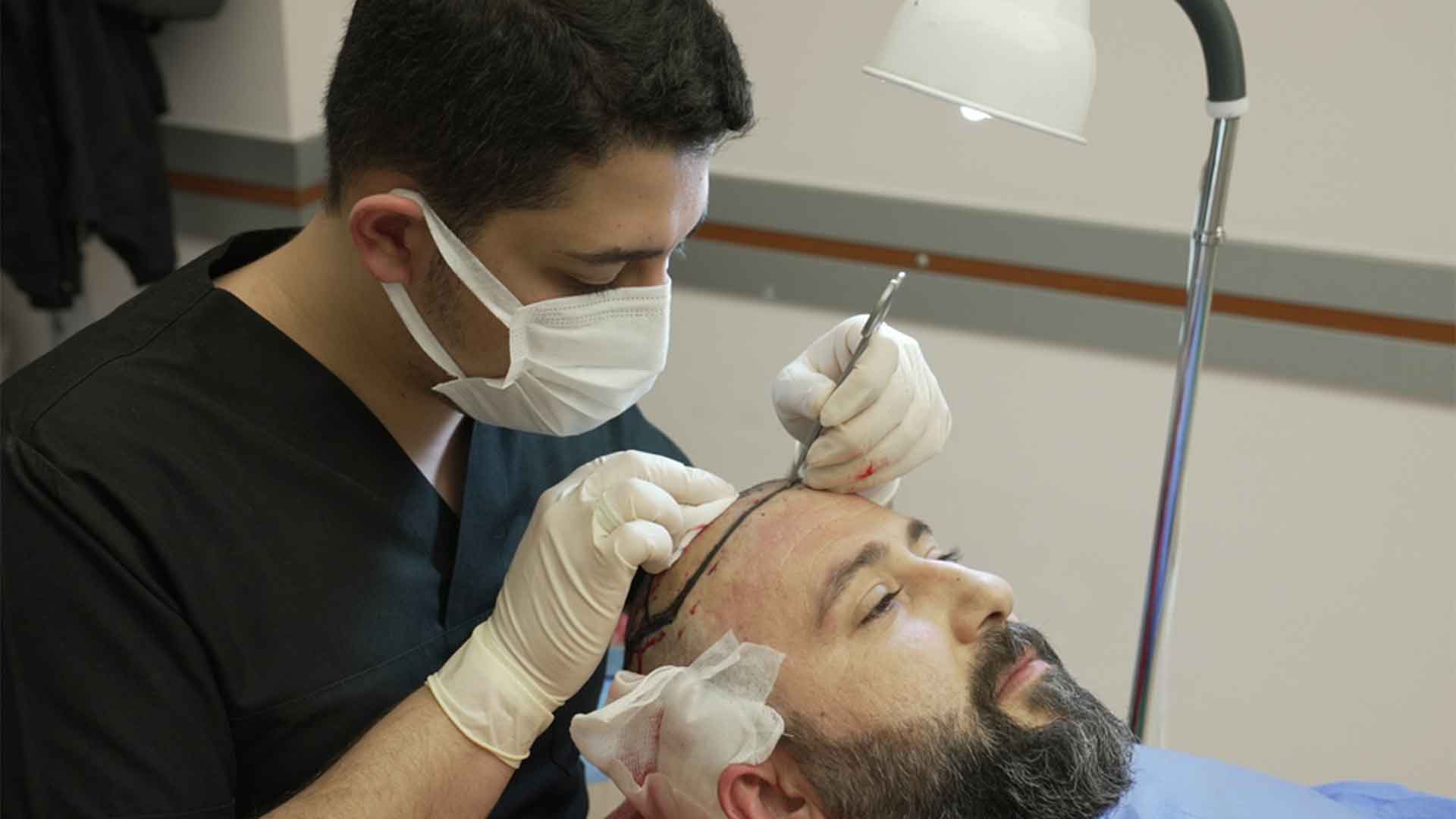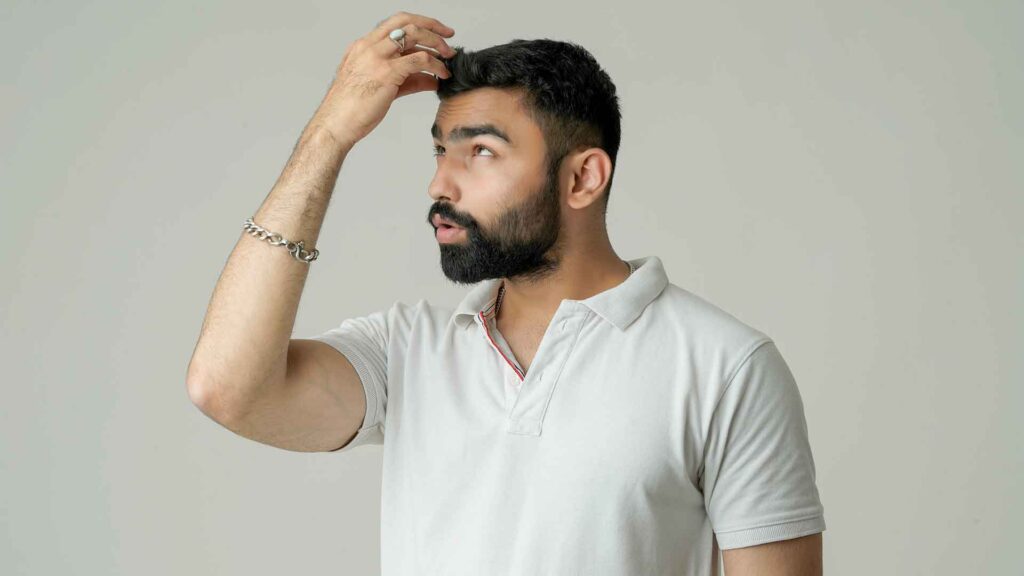
The special Blog is for Clients looking to get their hair transplants done in Turkey and not in India
Hair transplants are not the only popular medical procedure in Turkey. Medical procedures such as cosmetic dentistry, and face and body plastic surgery are the popular procedures performed. The number of medical tourism clients visiting the country is expected to grow to 2 million by the year 2023.
Here are some of the reasons hair transplants in Turkey are appealing to some patients:
Cheap Hair Transplant – Clients travel to Turkey because the cost of a hair transplant is much less than he cost of one in the United States, Europe & Asian countries. In Turkey, the cost can be anywhere as low as $1000-$4000 for a FUE Hair transplant
How can they offer affordable hair transplants?
The licensing of hair restoration centers is not as regulated or enforced as in the United States or other European countries, even in Asia. People with no medical training can perform procedures. The government of Turkey has been turning a blind eye to this while continuing to benefit from revenue that comes to the country from clients visiting for hair transplants The fact that the hair transplant centers use “lay individuals” to perform hair transplants, instead of board-certified doctors, reduces their overhead so they can offer the procedure at a much lower price.
Any businessman can open a hair restoration center by hiring technicians to train others and start performing hair transplants. There is no supervision from health authorities on the licensing or medical backgrounds of the operators.
There are more than 300 clinics that offer hair restoration in Turkey. The controls on clinics have been continuously loosened in the last decade thanks to the Turkish government wanting to increase the amount of income in the country. Even the centers that have doctors on board are run mostly by technicians. One doctor is often at the clinic but the procedures are done by unlicensed personnel. This gives plenty of flexibility to the technician to perform all aspects of the procedures.
Appealing Packages – To encourage European patients to keep coming to Turkey, these centers offer incentive packages that include not only the surgery but the cost of traveling, tours of the city and a hotel stay.
Advantages of Hair Transplant in Turkey
Cheap Hair Transplant – A hair transplant is more affordable in Turkey, or other countries like India or Iran, since non-physicians perform surgery on patients
Visiting Another Country – Turkey is a beautiful country and hair loss patients who go there can enjoy visiting the country if they give themselves a few extra days
Covered Hotel and Transportation Cost – The process of performing hair restoration there has minimal overhead so the clinics can afford to provide a hotel, transportation or sightseeing tours
Disadvantages of Hair Restoration in Turkey
When looking at the reasons listed above that detail why patients travel to Turkey for a hair transplant, it seems like a pretty good idea at first glance. However, there are some possible risks that anyone interested in traveling abroad for a hair transplant (or any other medical procedure) should be aware of before scheduling a surgery:
Lack of Qualified Staff – Not all of the hair restoration procedures are performed by board-certified doctors with the proper training and experience to handle any possible complications that might occur during the surgery.
Outdated Technology – These clinics are usually focused on saving on costs and do not have access to the best hair restoration technology.
Substandard Procedures – Countries like Turkey are not held to the same medical standards as the United States, Europe, Asia, so clients need to know that the surgical centers are likely not up to the same sanitary regulations as the ones practiced in America, Europe or in Asia.
No Follow-Ups – If there is some type of hair transplant complication after the client returns home, it will not be easy to visit the doctor or technicians to examine and address the issue. This means clients will need to spend more money on further procedures to revise the final results.
No In-Person Consultation – The initial consultation appointment is often done using photographs of the scalp of the patient. There is not always an in-person hair transplant consultation where the client can be examined by the doctor and ask any questions in a one-on-one setting.
Dangers Involved with the Unlicensed Practice of Medicine: Problems with the unlicensed practice of medicine have been voiced in the last few years by many medical societies. These practices are illegal in the United States, Europe, or in Asia and the centers that allow unlicensed individuals to perform surgery could be prosecuted. There is no such system in countries like Turkey.
The ISHRS (International Society of Hair Restoration Surgery) warns of potential serious risks when unlicensed personnel perform hair transplantation surgery. Despite the warnings of medical societies, doctors are seeing more and more complications from hair transplants that were done in other countries. These hair restoration procedures were often performed by unlicensed practitioners or at centers lacking sufficient medical supervision. However, these societies don’t have any authority to intervene or stop these illegal activities. Here are some of the common dangers involved with the unlicensed practice of medicine:
General Adverse Effects – There are many problems that we have seen or heard about related to procedures done without proper medical expertise. Some have to do with the overall health of the patient and lack of liability on the part of the operator. Hair transplant surgery is a skin-level procedure and is very safe. However, we have had reports of extensive skin necrosis, blindness, and even death of the patient.
Scalp and Hair Adverse Effects – We see these conditions in clients who went to other countries to save money instead of having their procedure performed by a board-certified experienced surgeon. They often come back with complications that are hard to treat and sometimes even impossible to reverse:
Improper Placement of Individual Hair Groups – The hairline should normally be restored with single hair follicular units in the front to create a transitional zone and 2s and 3s behind to create the bulk of the hair. Using groups that have more than one hair is important to provide a refined hairline and avoid a hairline that looks pluggy.
Wrong Angles of Transplanted Hair – Hair angles and the curvature of the hair are important in creating a natural look to the hairline. Not paying attention to this matter makes the transplanted hair detectable to others and is very difficult to revise
Substandard Harvesting Methods – Bad techniques of harvesting can cost patients a good portion of their permanent hair reserve. Every client has a certain number of permanent hairs that can be used for hair transplantation. That number is not renewable using current technology and, if a portion of it is wasted during the harvesting and implanting process, we cannot get it back.
Overharvesting – We often see overseas clinics push for a maximum number of grafts. However, there is a safe limit for each procedure in terms of the number of grafts that are available to harvest throughout the life of a client. The desire of patients to get as much cheap hair as possible, along with the greed of the owners of the hair transplant centers, can produce disastrous results.
Unpleasant Look – Extracting hair and implanting them in the balding areas might not always be the cause of the problem if things go wrong. Some of the biggest problems in the creation of a hairline include an unnatural-looking hairline, a hairline that is not appropriate for the sex, race, and ethnicity of the client, or a hairline that is not proportional with the other facial components. These complications can be treated but the client might spend a lot more money trying to correct any issues that should have been planned for at the start of the procedure. In addition, some hair follicles may be lost in the process of revising these conditions.


